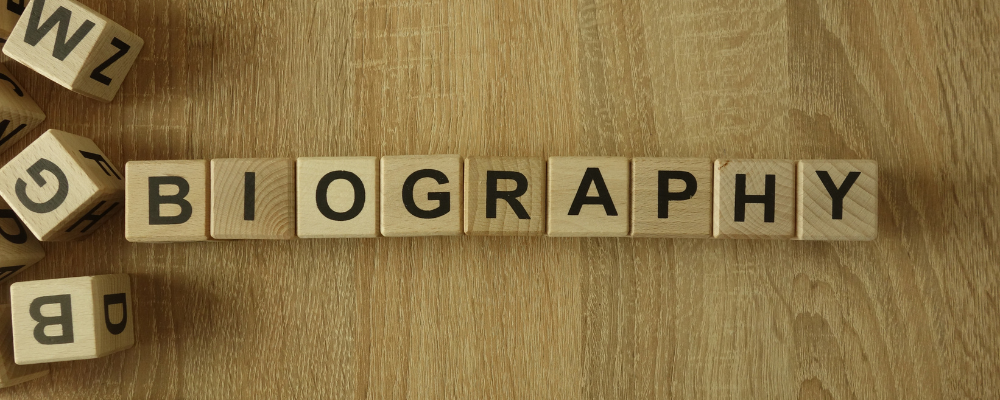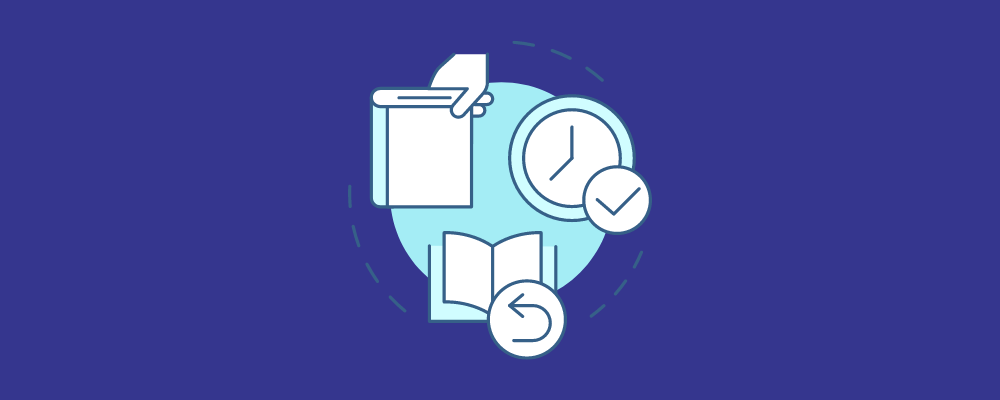We’re back with more from our recent Canadian Book Consumer Study 2021. In our last blog post, we discovered who Canadian book consumers are and how they visit bookstores. The data we’re sharing today is a portion of the results of our quarterly Canadian Book Consumer surveys querying Canadians about their book purchasing behaviour. You can use this data to:
reach your current and potential customers where they spend most of their time;
allocate money to marketing campaigns and projects in a strategic way;
understand where they’re coming from and who they are;
learn about their interests, what they like and what they don’t; and
ultimately, sell them the books they want in the ways they want to acquire them.
You can find the complete results in the free Canadian Book Consumer Study 2021 and even more on our blog.
The results are from surveys about Canadian book consumers in April, June, September, and December 2021 (what we call the “past month”). We surveyed a total of 10,218 adult Canadians to identify 2,065 buyers. Those buyers bought a total of 5,698 books; a monthly average of 2.76 books per buyer.
The most popular subjects
Most of the purchases made by the Canadian book consumers we surveyed were reported as Fiction titles (62%) rather than Non-Fiction titles (38%).
The most popular Fiction subjects in 2021:
Fantasy
Suspense and Thriller
General Fiction
Mystery/Detective
Romance
The most popular Non-Fiction subjects in 2021:
Biography or Memoir
Self-Help
History
Spirituality
Business
Books by format
The majority of book purchases were paperbacks, ranging between 45% to 50% of books purchased from 2019 to 2021. Hardcovers were the next most popular followed by ebooks. Though ebooks’ share of purchases surpassed hardcovers in March 2020. Audiobooks continue to make up a relatively small share of purchases, shown in the graph below.
Purchases by book format, 2019-2021
Online vs. in-person book buying
Where were these books purchased? Mostly from an online channel (65%) though 35% were bought in person. This is a percent change of 1.9% from 2020 to 2021 for online purchases and -3.6% for physical purchases from 2020 to 2021, shown in the graph below.
When asked how they bought the book in 2021, 58% of buyers said they bought via a website online, 31% in a shop in person, and 7% on a reading device via app or built-in ebook/app store (not via website).
Purchases by location, 2019-2021
Pricing and what buyers paid
More than half of buyers paid full price for their purchases in 2021 (56%) while 28% bought discounted books.
What did they pay? On average, before tax, buyers bought paperbacks for $16.28, hardcovers for $23.72, ebooks for $12.50, and audiobooks for $14.49. And at the price buyers paid, 45% rated the value for their money as “excellent” and another 41% rated it “good.”
Buying awareness
Buyers became aware of the book(s) they purchased through reading other books by the author/illustrator (23%), browsing/searching online or in person (19%), and recommendations or reviews (18%).
But when book buyers became aware of the book(s) they purchased through browsing it was mainly done through a bookseller website/ebook app (50%), in a physical store (24%), or via search engine (20%).
Impulse buying
Most book buyers plan their specific purchases and times. In 2021, 64% of buyers bought the book(s) they planned on buying, shown in the graph below. Interestingly, in 2021 ebooks were an outlier: more ebooks were purchased impulsively for both in terms of which book was purchased and when.
Planned or impulsive buying
That’s all for now!
Sign up to get our weekly newsletter to not miss any of the upcoming instalments of this mini-series or if you want to jump right in, download the PDF or EPUB version of the study from our website.

















Sales and library circulation data of LGBTQ+ titles during the fourth quarter of 2024.